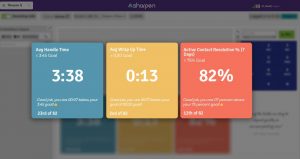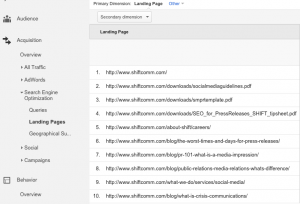by Laurie Sullivan, Oct 22, 2014
Affluent consumers research products and services weekly before making a purchase giving brands an opportunity to reach out frequently. Some 71% to 92% mostly do their research on a computer, but many rely on their smartphone as a tool. In fact, more than half do research online when choosing a hotel, automobile, or consumer electronics, and about one-fourth when purchasing apparel watches and jewelry, per a recent study.
The Internet has become a fundamental tool in the daily lives of many consumers, even the affluent. Martini Media and research firm Ipsos have begun releasing quarterly studies analyzing affluent consumers online to help brands improve advertising best practices. The first report explores the automobile market. The report explains how affluent consumers are disproportionately heavy spenders across a variety of market categories. About 23% of U.S. households have $100,000 or more in annual household income but they hold 69% of U.S. privately held net worth, and spend a majority of the dollars.
Ipsos conducted the online study in June 2014 among 870 adults with a household annual income of more than $75,000. The study explores the online behavior of four key segments — aspiring affluent, emerging affluent, mass affluent and hyper affluent — consumers with annual household income ranging from $75,000 to $500,000 annually.
Research becomes critical for affluent consumers considering big-ticket purchases such as an automobile or jewelry. More than half of all those surveyed said online research is important before buying a car. The highest came from hyper affluent consumers at 77%.
At the time of the study, Ipos research shows that 70% of affluent consumers visited Amazon in the past 30 days, averaging 3.4 purchases, and roughly one-third are Amazon Prime members. Hyper affluent consumers — those with an annual household income topping off at $500,000 — are the highest concentrated segment of online buyers at 69% via computer. Smartphone and tablet purchases come in at 23% for this segment.
The hyper affluent, with an average annual household income of more than $500,000, say they spent more time on the Web weekly in the week leading up to participating in the survay, compared with six months ago. Some 21% of those with an annual household income between $75,000 and $250,000 say they spent more time on the Web in one week, compared with six months ago.
Online targeting comes into play when trying to reach these consumers. While the numbers don’t tie to shopping data, it’s interesting to note that 44% of households in the San Jose, Sunnyvale and Santa Clara, Calif. area fit into the “mass-affluent” category categorized as households generating between $100,000 and $1 million in investible assets, per IXI Services, a division of Equifax. San Francisco and Oakland and Freemont residents comprise about 42.9%, and Buffalo and Niagara Falls, NY, about 40.1%.
(303)
Report Post






